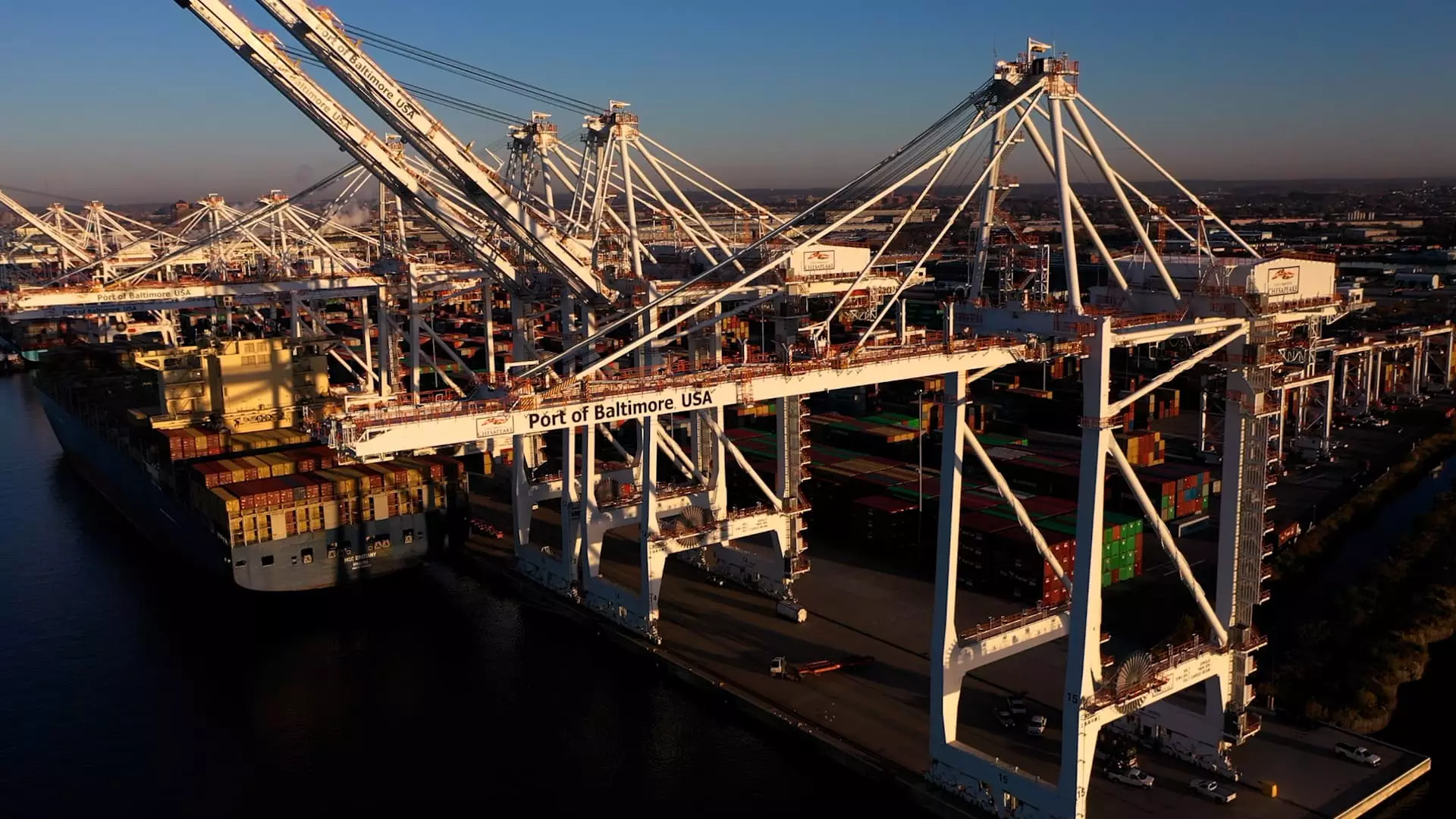U.S. ports have been receiving substantial grants to enhance their cargo handling infrastructure, as part of the Biden administration’s commitment to modernize port facilities in the country. These multimillion-dollar grants aim to support port cities, including midsize ones like Baltimore. The Port of Baltimore recently secured a $47 million grant to kick-start an offshore wind manufacturing hub and implement other vital improvements. Furthermore, the U.S. Department of Transportation’s Maritime Administration awarded more than $653 million in Port Infrastructure Development Program grants to various ports across the country.
Improving Port Facilities
The funds allocated to the Port of Baltimore will be utilized to construct a new berth for rolling cargo, which includes imports such as farm machinery from John Deere and light-duty vehicles from BMW. This development is crucial since Baltimore serves as the primary destination for rolling cargo imports in the United States. Additionally, the Port of Tacoma’s Husky Terminal Expansion in Washington state and the North Harbor Transportation System Improvement Project in Long Beach, California, received federal grants amounting to $54.2 million and $52.6 million, respectively.
Multiple Funding Sources
Aside from the Port Infrastructure Development Program grants, port improvements are also supported by other entities. The Environmental Protection Agency, for instance, provides funds to combat truck idling. Furthermore, the U.S. Department of Defense is undertaking projects to deepen waterways on the East Coast in order to accommodate larger ships. These combined efforts aim to enhance port efficiency and attract more ocean carriers, thereby facilitating faster operations and allowing them to service multiple ports.
According to maritime economists, Baltimore is not the only city experiencing a surge in port development. They claim that numerous gateways along the U.S. southeast coast are handling increasing amounts of cargo as major entry points become congested with truck traffic. Walter Kemmsies, managing partner at the Kemmsies Group, a maritime economics consulting firm, highlighted the ongoing infrastructure upgrades at various East Coast ports. The Port Authority of Georgia in Savannah, for instance, is working with Kemmsies Group to enhance its capacity and infrastructure. These efforts are aimed at making ports more attractive to ocean carriers by enabling quicker turnaround times and providing access to multiple destinations.
Ports America, a terminal operator, established a public-private partnership with the state of Maryland to manage equipment and operations in sections of the Port of Baltimore. Since the partnership’s initiation in 2010, $550 million has been invested in upgrading the Seagirt Marine Terminal alone. These upgrades primarily focused on increasing the container yard’s density. Such investments build upon previous initiatives aimed at revitalizing declining industrial cities across the United States.
Addressing Supply Chain Bottlenecks
Officials in Baltimore are acutely aware of bottlenecks within the supply chain beyond the port itself. To address this issue, they are undertaking the Howard Street Tunnel expansion project. Once completed, this project is expected to increase double-stack rail capacity out of Baltimore, facilitating the smooth movement of goods to and from points in the Midwest. By resolving such bottlenecks, Baltimore aims to enhance its overall logistics capabilities and promote efficient supply chain management.
The commitment of the Biden administration to upgrade U.S. port infrastructure is evident through the significant grants being awarded. Ports across the country, including midsize cities like Baltimore, are benefitting from these funds to improve their cargo handling capabilities. The collaboration between public and private entities, along with contributions from environmental and defense agencies, is driving these infrastructure enhancements. As the efficiency of port operations improves, it attracts more ocean carriers and facilitates the swift movement of goods, benefiting both local economies and the broader national supply chain.


Leave a Reply